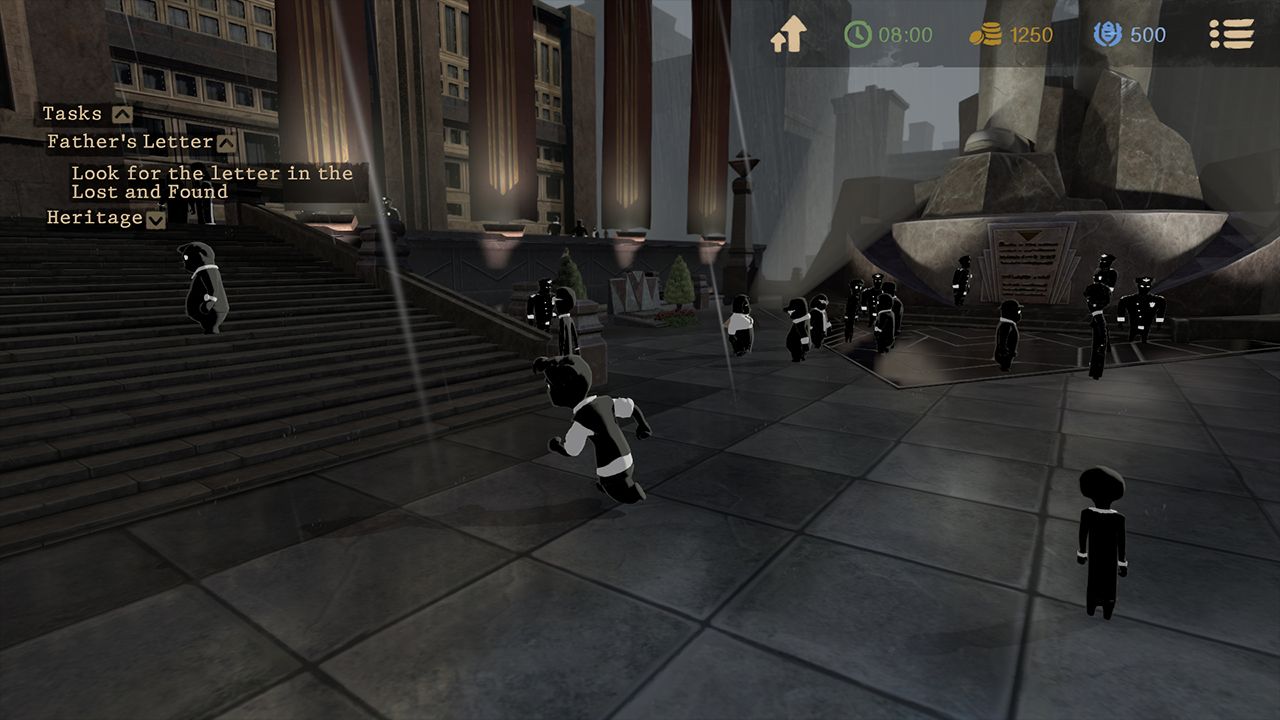

The meanings of colour are no less socially constructed, which is why a single colour can mean completely different things in different places and at different times. Debates about linguistic relativity – the extent to which our words shape our thoughts and perceptions – have been rumbling on for decades, and while many scholars have overstated the case for it, some have found persuasive evidence that if you don’t, say, have a word for blue, you will probably find it harder to distinguish. These differences might even influence the colours they see. The Aztecs, who were enthusiastic farmers, used more than a dozen words for green the Mursi cattleherders of Ethiopia have 11 colour terms for cows, and none for anything else. People generally name only the colours they consider socially or culturally important. The vocabulary of these languages isn’t dictated by the prismatic spectrum but, once again, by what is happening inside their speakers’ heads. The Tiv people in west Africa use only three basic colour terms (black, white, red), and at least one Indigenous community has no specific words for any colours, only “light” and “dark”. Many don’t have words for pink, brown and yellow, and some use one word for both green and blue. In English we divide colour space into 11 basic terms – black, white, red, yellow, green, blue, purple, brown, grey, orange and pink – but other languages do things differently. One cause of the problem – or perhaps its symptom – is language. Scientists have shown that the sky isn’t blue, the sun isn’t yellow, snow isn’t white, black isn’t dark and darkness isn’t black. Pretty much everything we take to be self-evident about it really isn’t self-evident at all. “Colour,” Umberto Eco once said, “is not an easy matter.” It is indeed elusive and illusive. People generally name only the colours they consider socially or culturally important Bees see ultraviolet light, discerning elaborate patterns in flowers that we cannot perceive, while snakes see infrared radiation, detecting the warm bodies of prey from a distance. By contrast, most reptiles, amphibians, insects and birds perceive more colours than us. Most mammals are red-green colour-blind bulls might be famous for their hatred of red capes, but the colour itself is invisible to them – they are actually enraged by the fabric’s movements. About 8% of men are colour-blind and see fewer colours than everyone else a small number of lucky women might, thanks to a genetic duplication on the X chromosome, be able to distinguish many more than the rest of us.Īnimals inhabit very different chromatic worlds too. Every person’s visual system is unique and so, therefore, are their perceptions. This is why no two people will ever see exactly the same colours. To put it another way: there is no such thing as colour there are only the people who perceive it. They argue that if a tree fell in a forest and no one was there to see it, its leaves would be colourless – and so would everything else.

Most experts now agree that colour, as commonly understood, doesn’t inhabit the physical world at all but exists in the eyes or minds of its beholders.
#BEHOLDER 2 PROMOTION SERIES#
Colour is ultimately a neurological process whereby photons are detected by light-sensitive cells in our eyes, transformed into electrical signals and sent to our brain, where, in a series of complex calculations, our visual cortex converts them into “colour”. Different wavelengths of light do exist independently of us but they only become colours inside our bodies. Even today, science teachers regale their students with stories about Isaac Newton and his prism experiment, telling them how different wavelengths of light produce the rainbow of hues around us.īut this theory isn’t really true. For a long time, people believed that colours were objective, physical properties of objects or of the light that bounced off them.


 0 kommentar(er)
0 kommentar(er)
